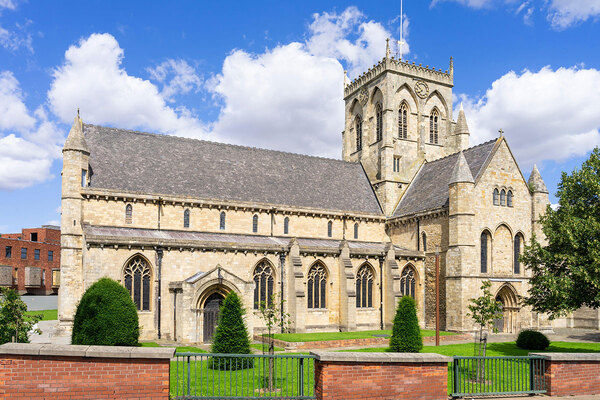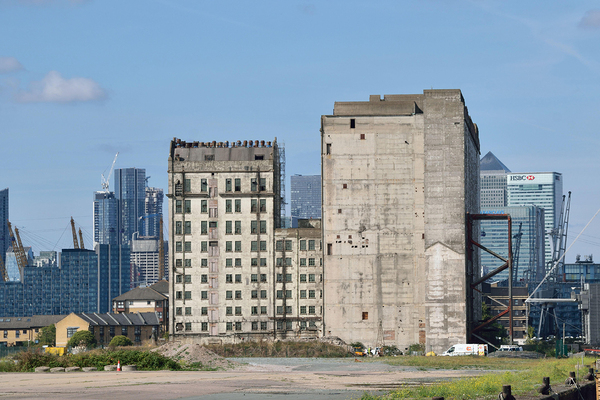You are viewing 1 of your 1 free articles
A report published 100 years ago still has much to teach us about housing the masses
Tudor Walters’ vision of attractive and affordable council homes for everybody transformed Britain – we need the same ambition now, says William Hatchett
It seems like yesterday. A hundred years ago Britain, cut off from Europe, was threatened by an imminent food crisis. Also, just as there is today, there was a housing problem. A massive housing problem.
“It’s not just poor people who deserve better. We all do.”
It wasn’t just that there weren’t enough houses to match the number of households (the same as now). Politicians knew that a multitude of men would soon be coming home from the war – men trained in arms who had high expectations. And that women, who had exacting standards when it came to domestic matters, were about to get the vote.
That’s why exactly 100 years ago Sir John Tudor Walters, an idealistic architect-turned-Liberal-MP, was asked by the government to produce a wide-ranging report.
How many houses do we need? Where? Who should build them – councils or private builders? How will this be financed and what should they look like?
Tudor Walters drafted the socialist architect Sir Raymond Unwin onto his committee. He was a man who had already designed New Earswick model village, Letchworth Garden City and Hampstead Garden Suburb.
“The Tudor Walters report was not stuffed into a filing cabinet and forgotten.”
Duly delivered in 1918, suffused with Edwardian optimism, the Tudor Walters report was not stuffed into a filing cabinet and forgotten (like most reports).
Amazingly, it led to an official government design manual, backed by primary legislation in housing and town planning that was supposed to summon into being large numbers of attractive and affordable houses.
Even better, these houses were soon being built, though not in as large numbers as Christopher Addison, the minister with responsibility for housing at the time, would have wished.
The ones that were built, in individual groups and ‘council estates’, pleased thousands of ex-soldiers and their wives. Subliminally, they form a landscape that we think of as typically English.
Interestingly, the standards outlined by Tudor Walters’ report are far superior to what we require of social housing today – two-story houses, in short rows of four or six, each with gardens, built at no more than 12 to the acre. Inside, a living room, a bathroom, a water closet, a larder, a coal store, and sometimes a parlour were required.
“Few politicians seem to care about providing affordable housing as a social good.”
Now, few politicians seem to care about providing affordable housing as a social good. ‘Council housing’ has acquired negative connotations. It is endlessly used, in film and on television, as a lazy visual shorthand for crime and deprivation.
We should know better. And we should be proud of the architectural and social legacy that Tudor Walters and Unwin have bequeathed us.
Talented and hopeful people, they represent a tradition of generosity and altruism in their professions – not the greed and cost-cutting that led to the inferno of Grenfell Tower.
It’s not just poor people who deserve better. We all do. Today, in many parts of England, you would have to own your own company or a small private fortune to afford the kind of house that Tudor Walters thought everyone should have.
William Hatchett, editor, Environmental Health News











